
Imagine a canvas of colors, bright and cheerful, and now picture that in the form of an adorable, fluffy Pomeranian! These pint-sized pups have captured hearts worldwide, not only for their irresistibly cuddly appearance but also for their dazzling variety of coat colors. From the classic orange sable to the rare lavender hue, Pomeranians are walking, barking rainbows of joy.
In this article, we dive into the vibrant world of Pomeranian colors and uncover the captivating stories behind their ever-evolving shades. So, whether you're a seasoned Pom parent or an aspiring one, join us as we explore the fascinating palette of Pomeranian colors that make these fluffy furballs truly stand out in the canine kingdom.
Table of Contents
The Pomeranian Breed: A Brief Overview 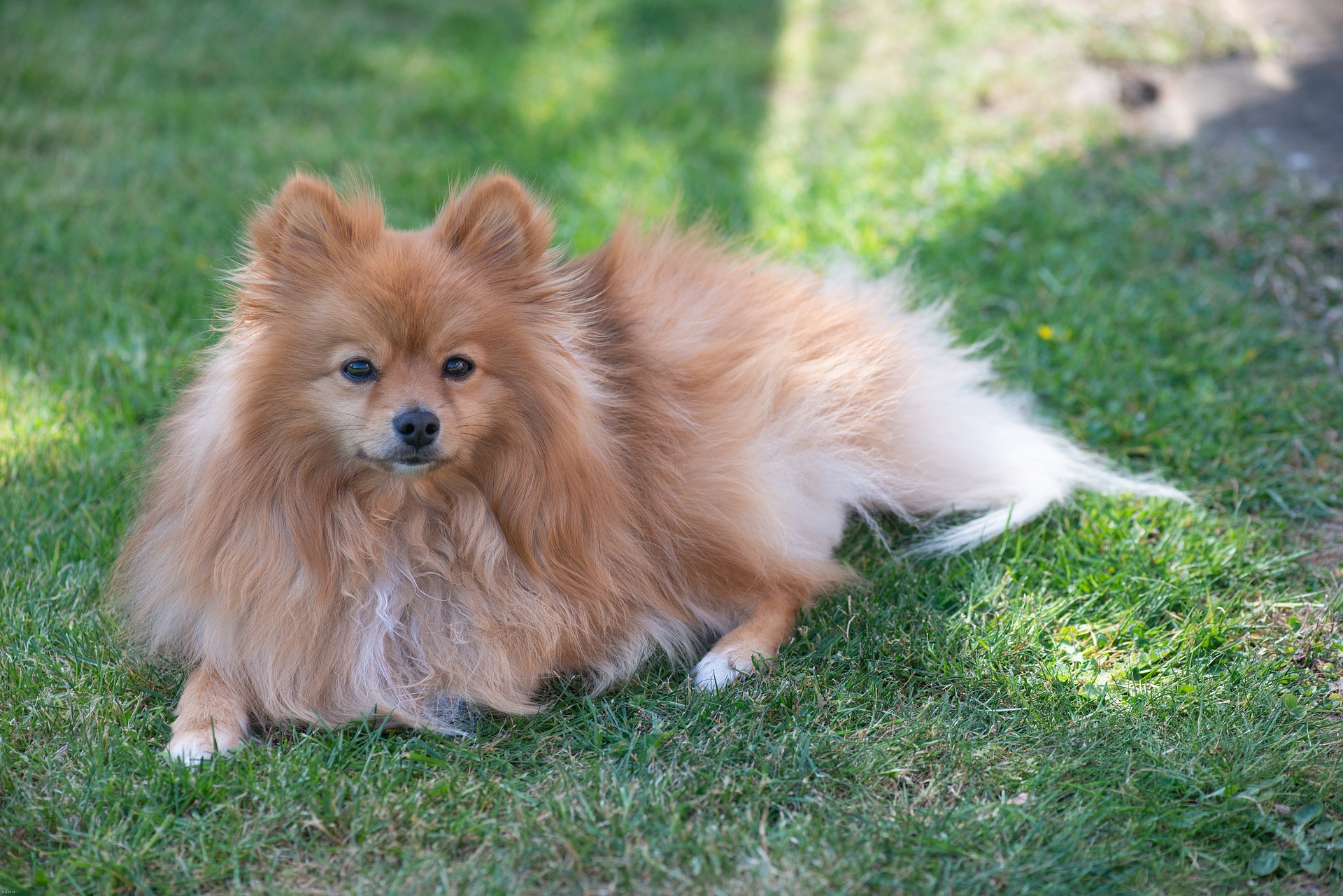
Origins and history
The Pomeranian, a captivating bundle of fluff, traces its origins back to the Pomerania region, which now encompasses parts of modern-day Germany and Poland. Initially, these dogs were larger, more closely resembling their Spitz ancestors, and were used as herding and sled dogs. It wasn't until the late 19th century that Queen Victoria, an avid dog enthusiast, fell in love with these charming canines and started breeding smaller-sized Pomeranians. The breed's popularity skyrocketed, and the Pomeranian we know and adore today was born.
Breed characteristics and temperament
Pomeranians, despite their small stature, have big personalities. Weighing a mere 3 to 7 pounds and standing 6 to 7 inches tall at the shoulder, these miniature dynamos are known for their extroverted, lively, and affectionate nature. Their distinctive fox-like appearance, with their thick double coat and plumed tail, only adds to their appeal.
These tiny yet fearless pups make excellent companions and watchdogs, often displaying loyalty and protectiveness towards their owners. Pomeranians are highly intelligent and trainable, but they can also be stubborn and independent, which may pose challenges for first-time dog owners. Nevertheless, with consistent training and early socialization, Pomeranians can be loving and well-mannered furry family members, delighting everyone with their boundless energy and captivating colors.
RELATED: Top 5 Things to Know Before You Reserve a Pomeranian
Recognized Pomeranian Colors and Patterns 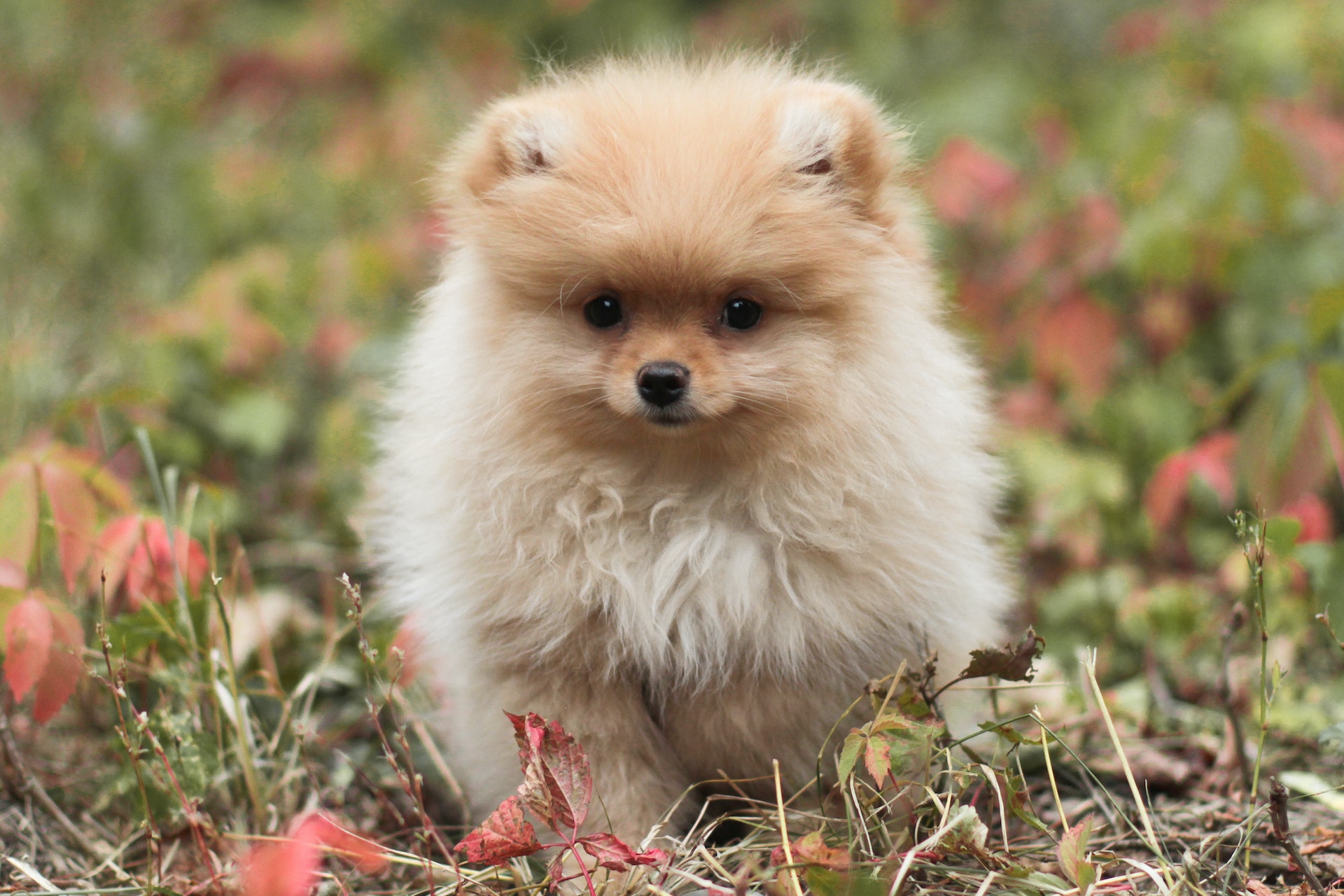
American Kennel Club (AKC) and Fédération Cynologique Internationale (FCI) classifications
The American Kennel Club (AKC) and Fédération Cynologique Internationale (FCI) both recognize a wide range of colors and patterns in Pomeranians, although they differ slightly in their classifications. The AKC, for instance, acknowledges 18 primary coat colors and 9 marking variations. On the other hand, the FCI recognizes fewer color categories but includes a more detailed description of the shades and patterns. Regardless, the dazzling array of Pomeranian colors is a testament to the breed's genetic diversity and charm.
Common colors
Orange
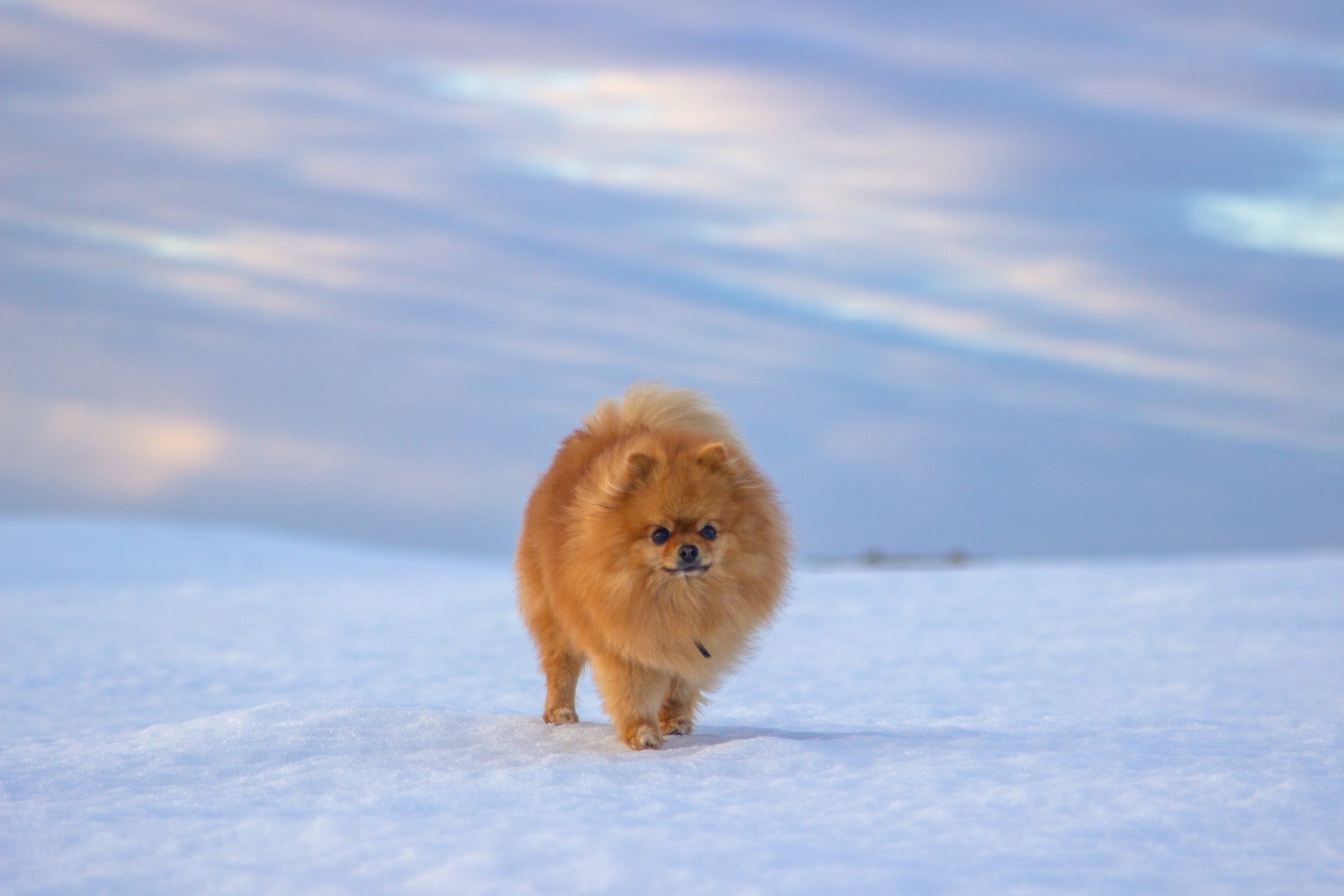
The classic orange Pomeranian is perhaps the most iconic and sought-after color. These Pomeranians boast a vibrant, warm coat that can range from light to dark shades of orange.
Black
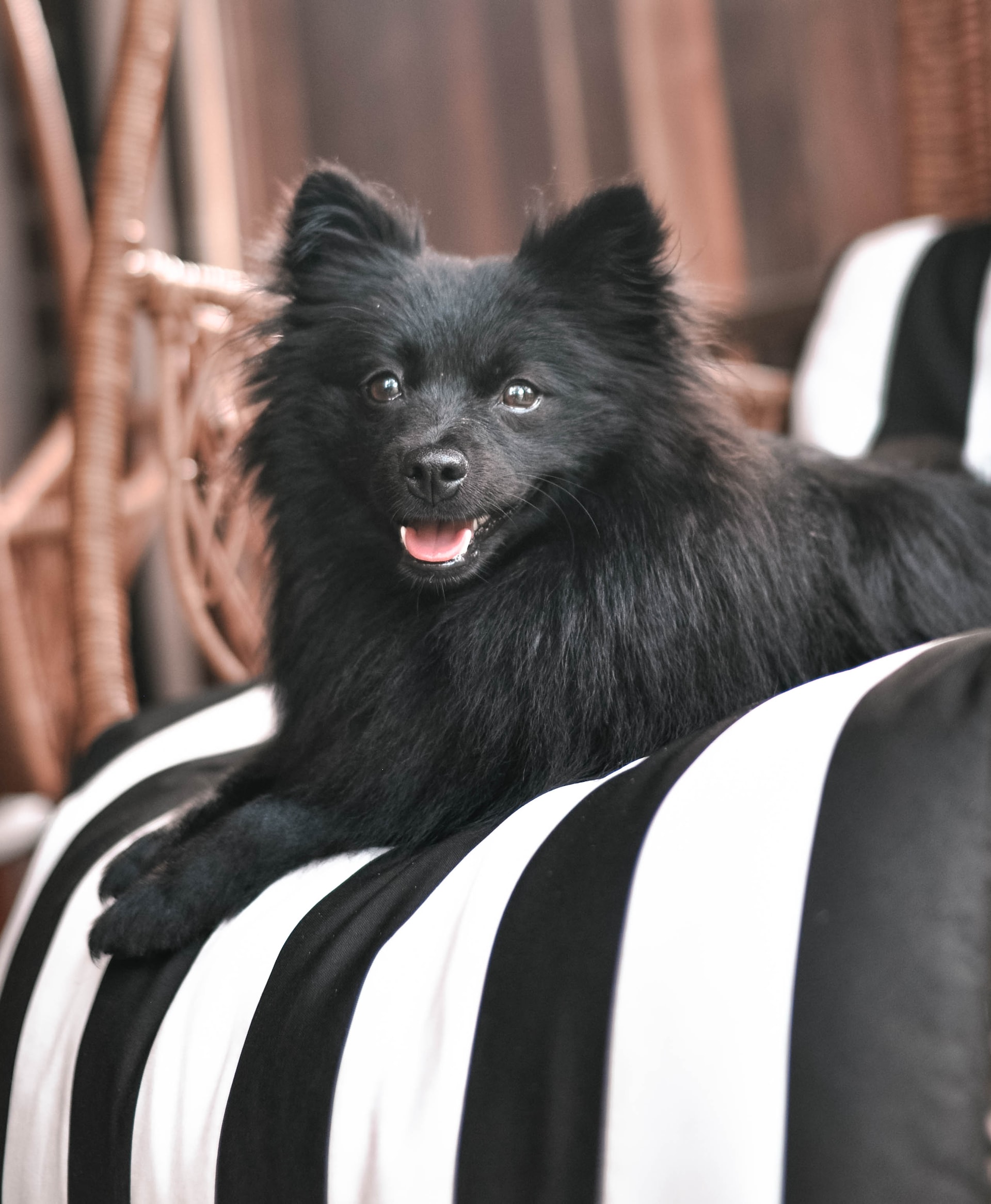
Elegant and bold, black Pomeranians sport a glossy, jet-black coat that exudes an air of sophistication.
Cream
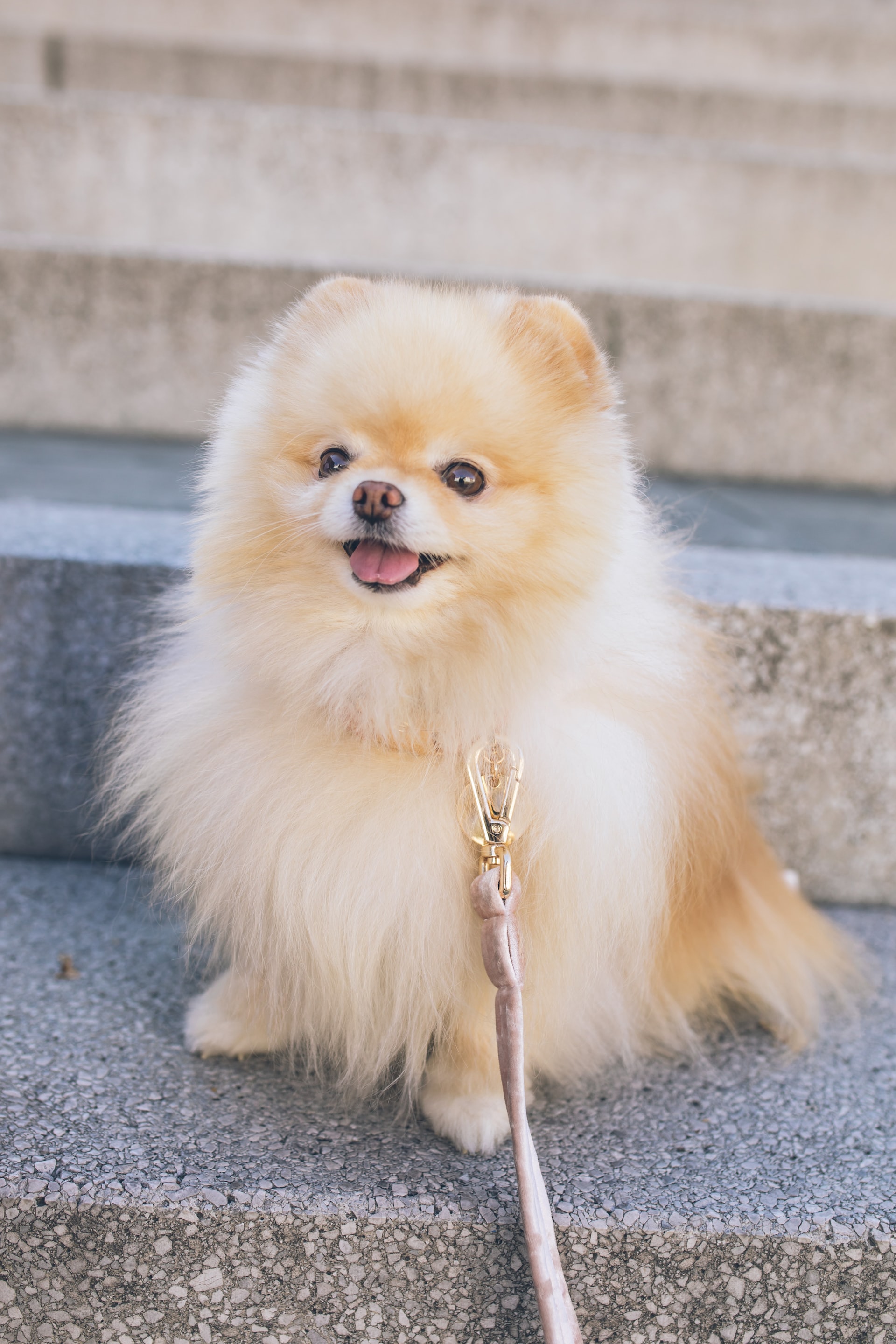
With a soft, subtle hue, cream Pomeranians display a light, off-white coat, sometimes with delicate hints of apricot or beige.
Red
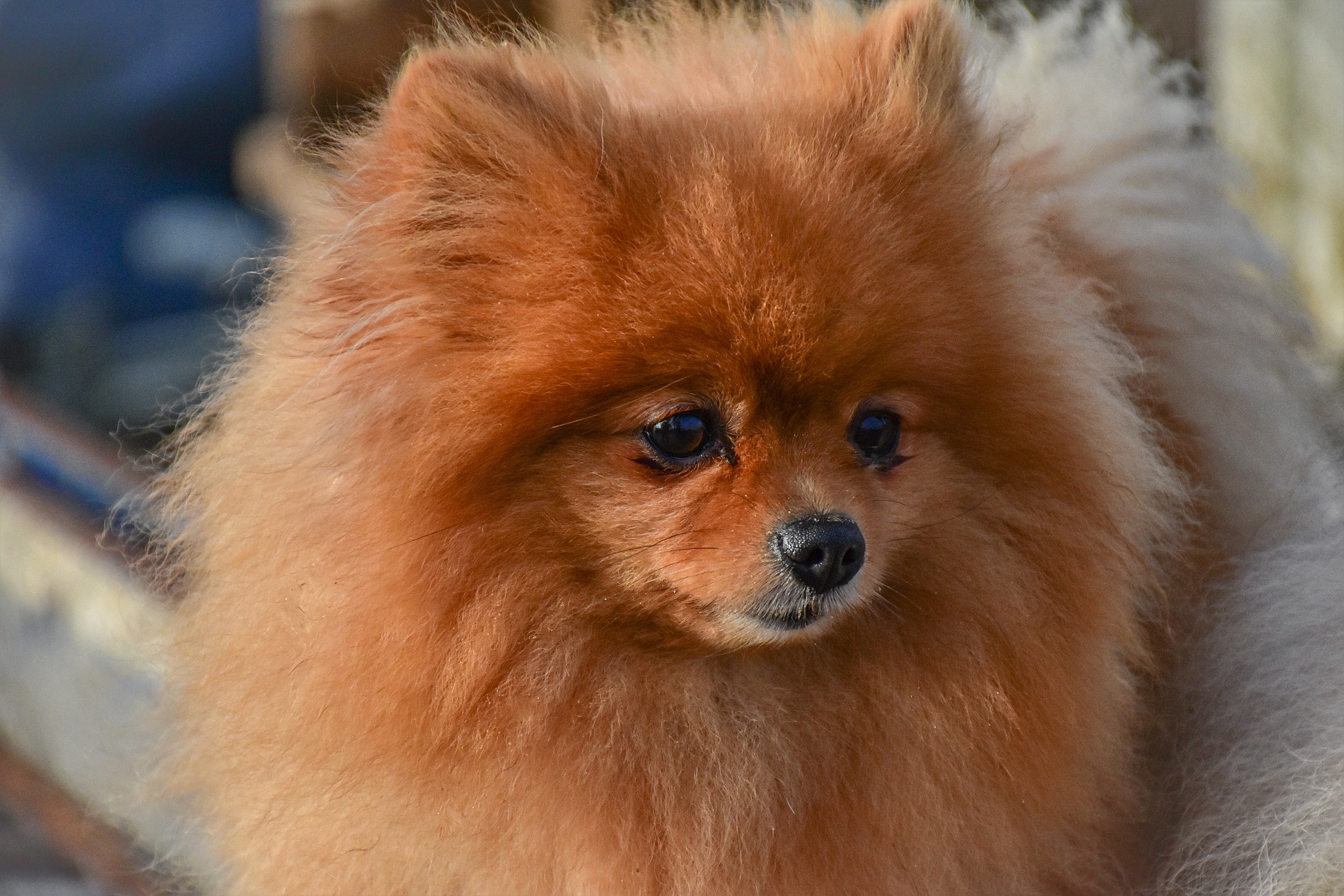
The fiery red Pomeranian showcases a rich, deep coat color that can vary from a light coppery shade to a more intense, mahogany red.
Blue
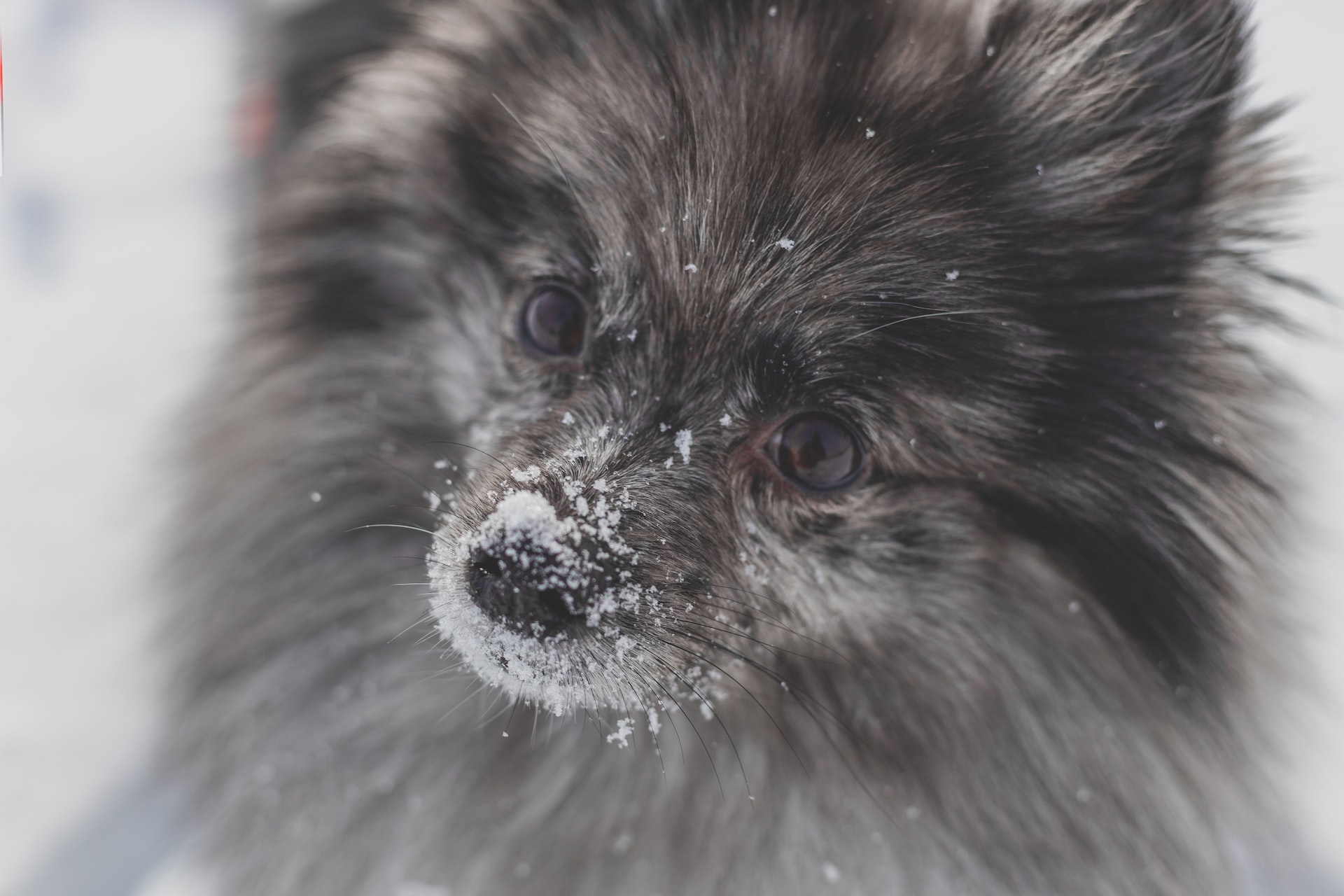
A rarer coat color, blue Pomeranians feature a unique, silvery-gray hue that results from a dilution of the black pigment.
White
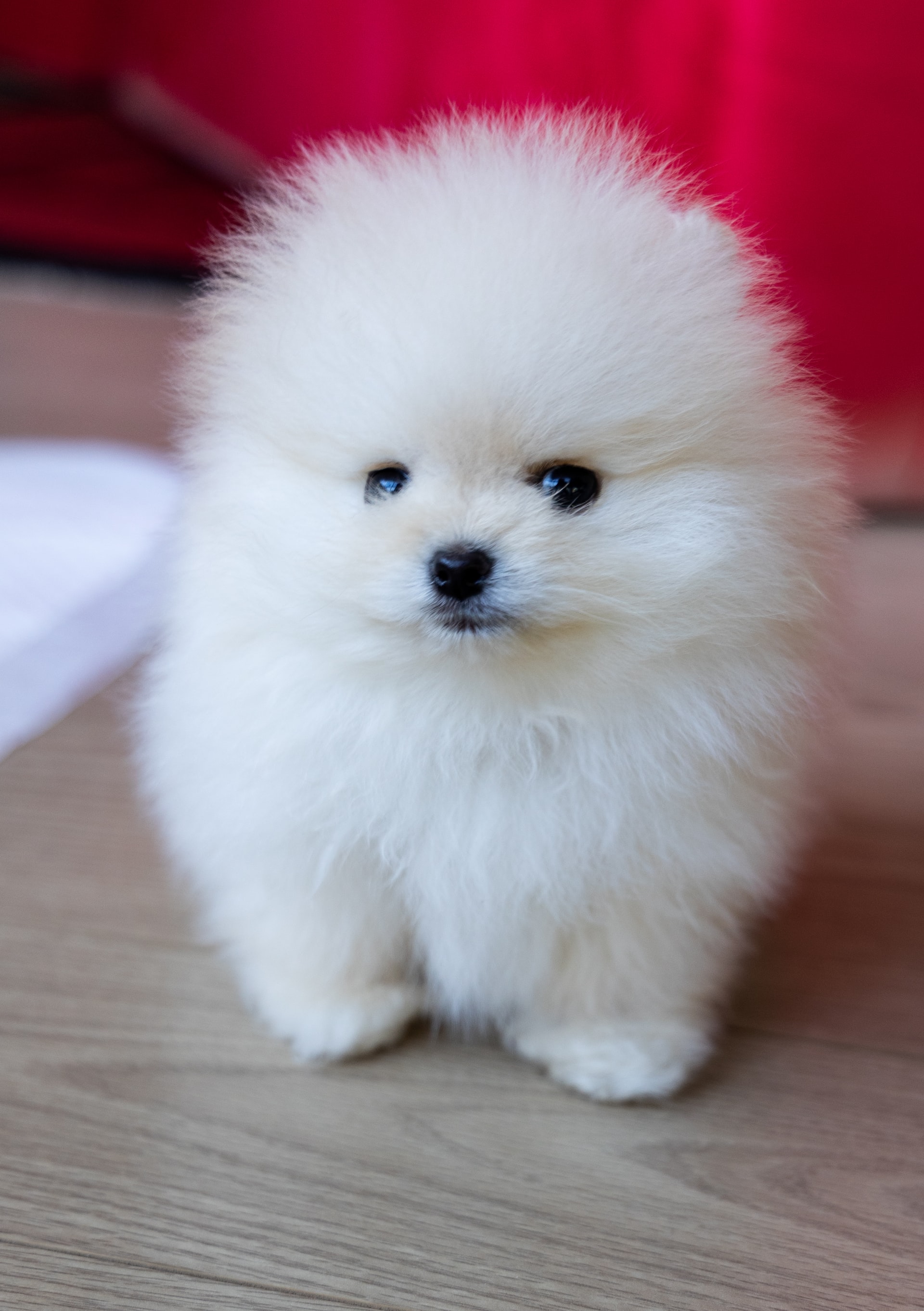
The pristine white Pomeranian, often likened to a snowball, sports a pure white coat that's both enchanting and eye-catching.
Patterns and markings
Sable
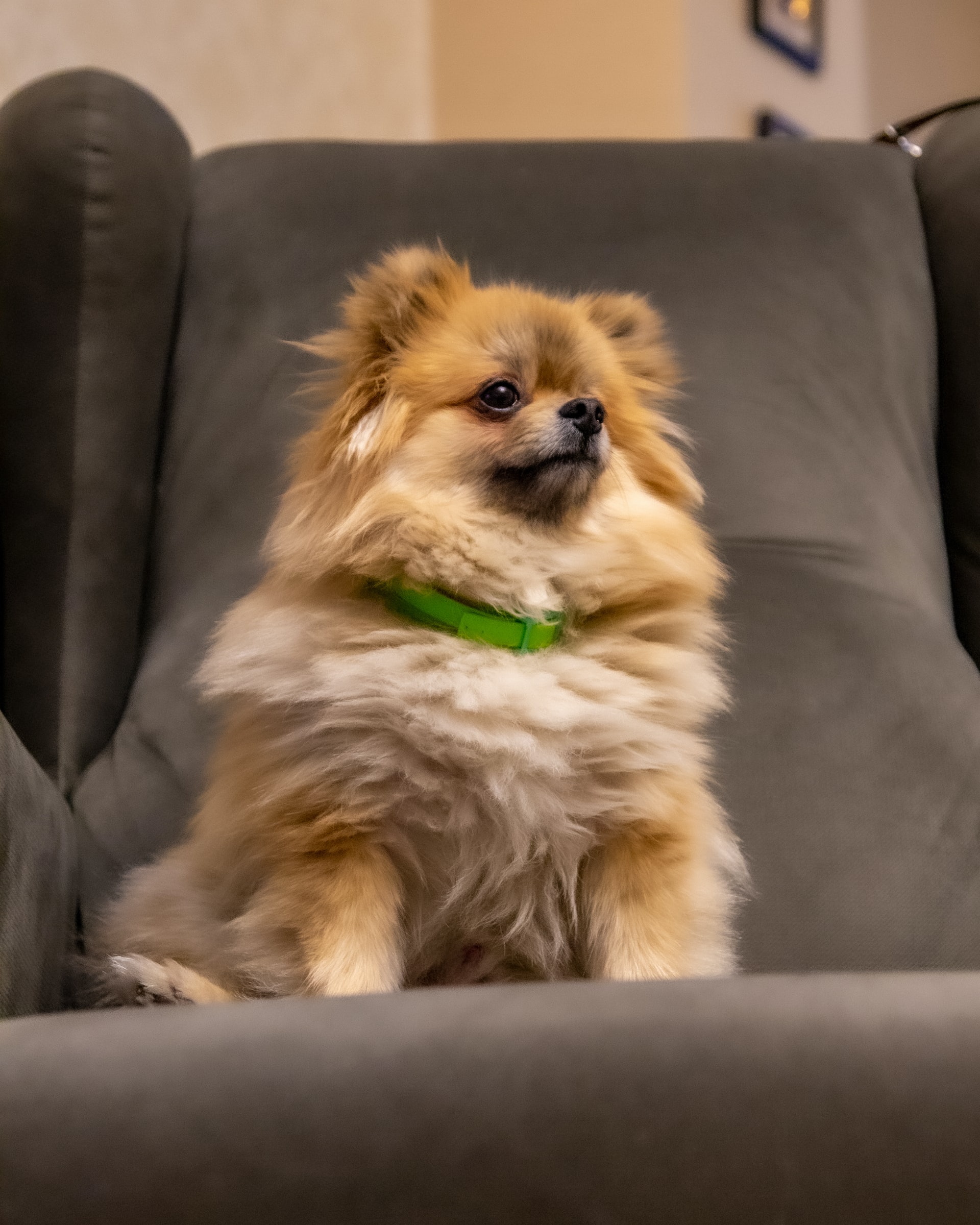
Sable Pomeranians exhibit a beautiful, multi-tonal coat, with darker guard hairs overlaying a lighter undercoat. Sable can appear in various colors, such as orange, black, and chocolate.
Brindle
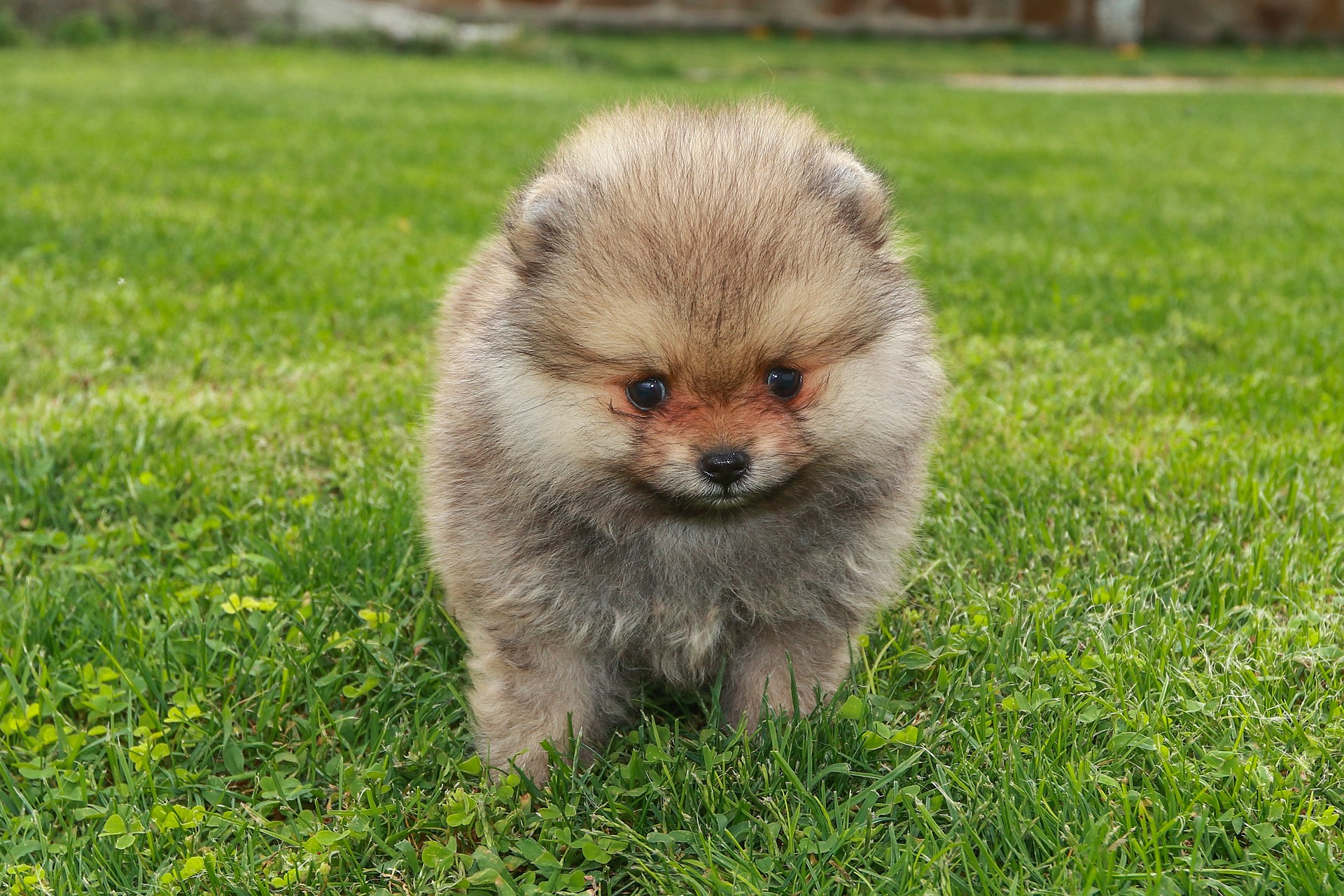
The brindle pattern consists of alternating dark and light stripes on the coat, often seen in shades of orange, red, or cream.
Parti-color
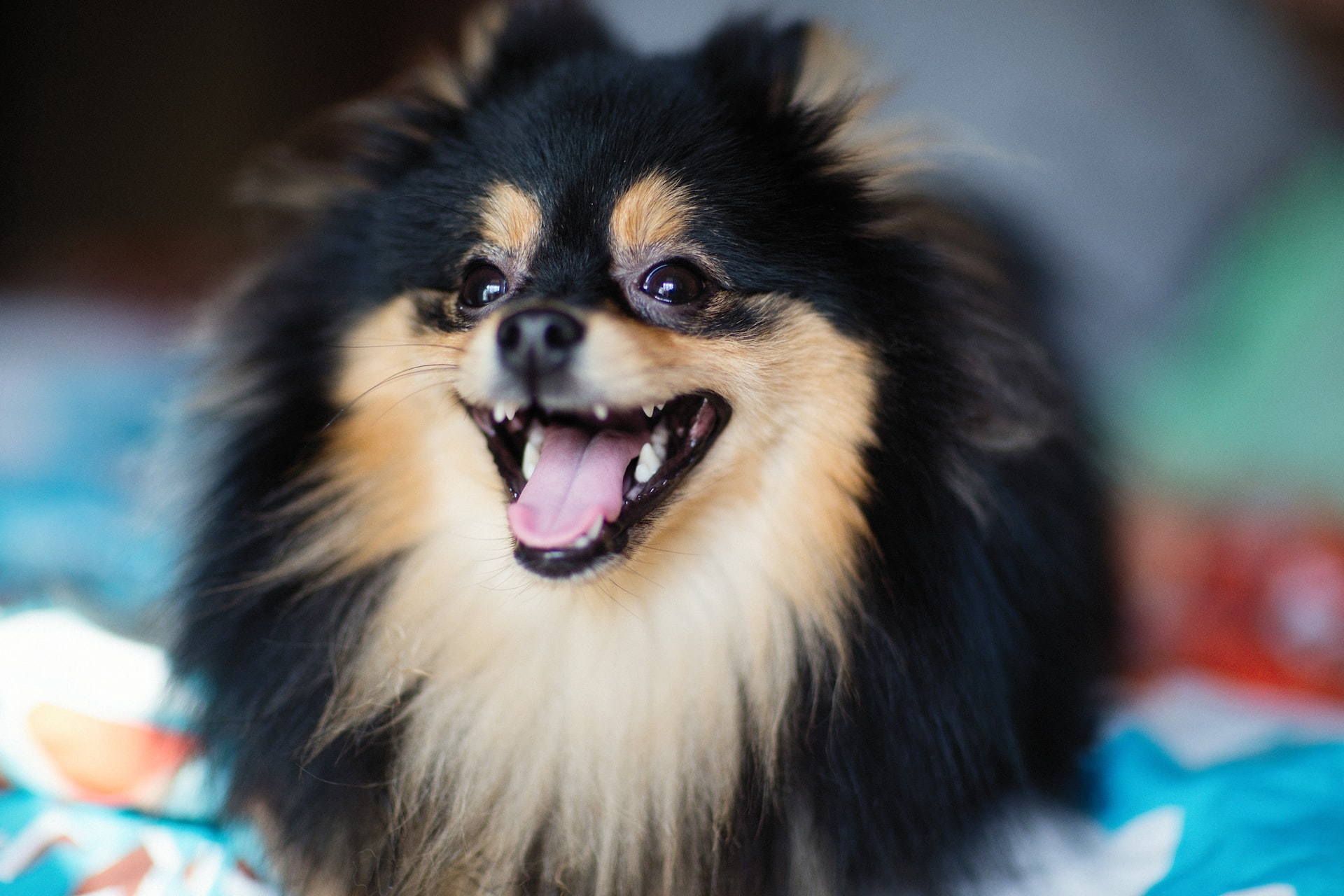
Parti-color Pomeranians have a predominantly white coat with patches of another color, such as orange, black, or cream, creating a striking contrast.
Merle
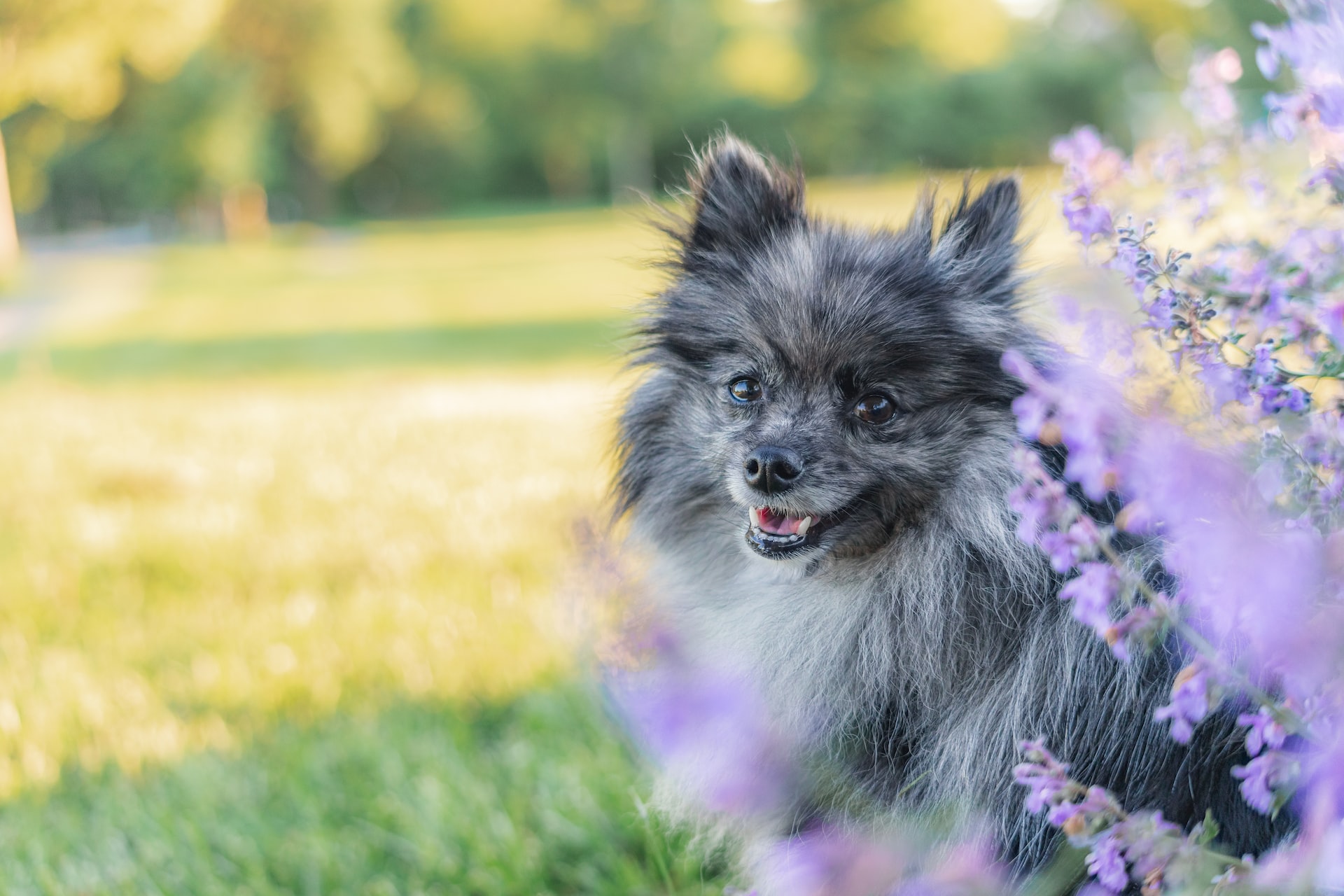
The merle pattern is characterized by a marbled or patchy coat with a mix of dark and light shades, often accompanied by blue or partially blue eyes. Merle Pomeranians can come in various color combinations, such as blue merle, chocolate merle, or red merle.
RELATED: 10 Pomeranian Mix Dogs You Never Heard Of - Part 1
Rare and Unusual Pomeranian Colors 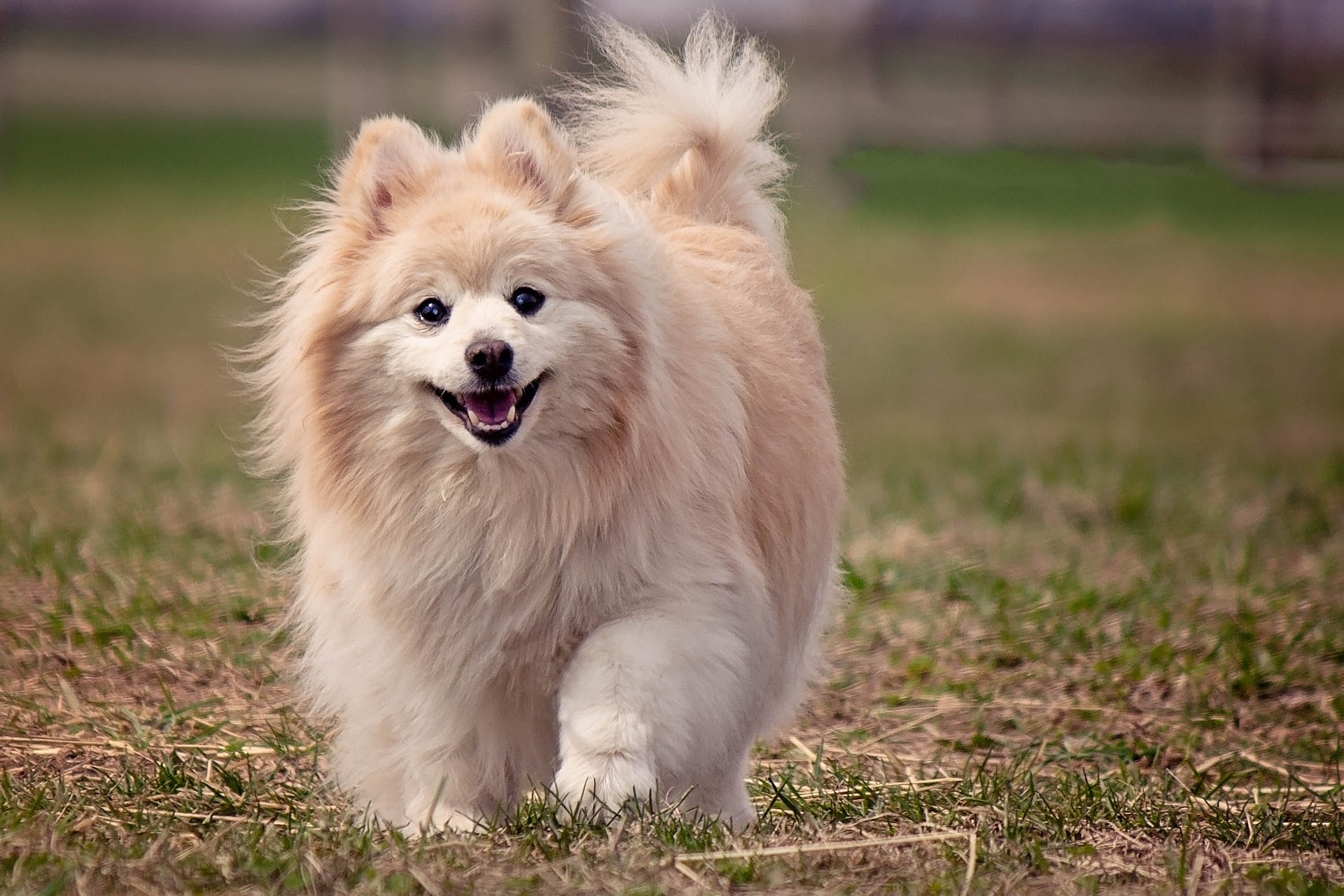
In addition to the more common shades, Pomeranians showcase a variety of rare and unusual colors that add to their allure. From the rich tones of chocolate to the enigmatic hues of lavender, these less frequently seen colors make these fluffy companions even more captivating.
Chocolate
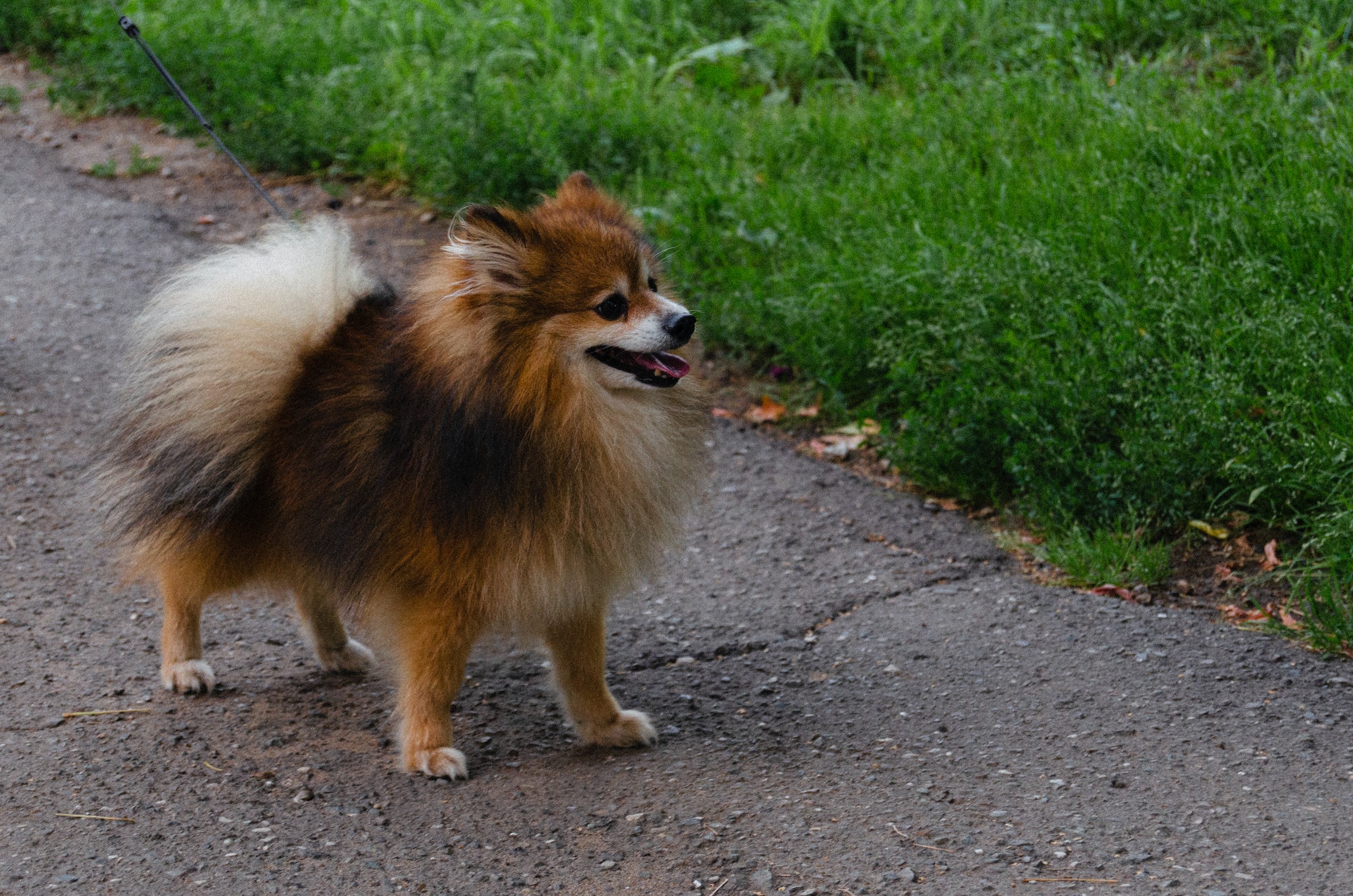
Chocolate Pomeranians have a rich, deep brown coat with a lustrous sheen. This rare color can vary from a light, milky hue to a dark, velvety shade reminiscent of fine chocolate.
Wolf Sable
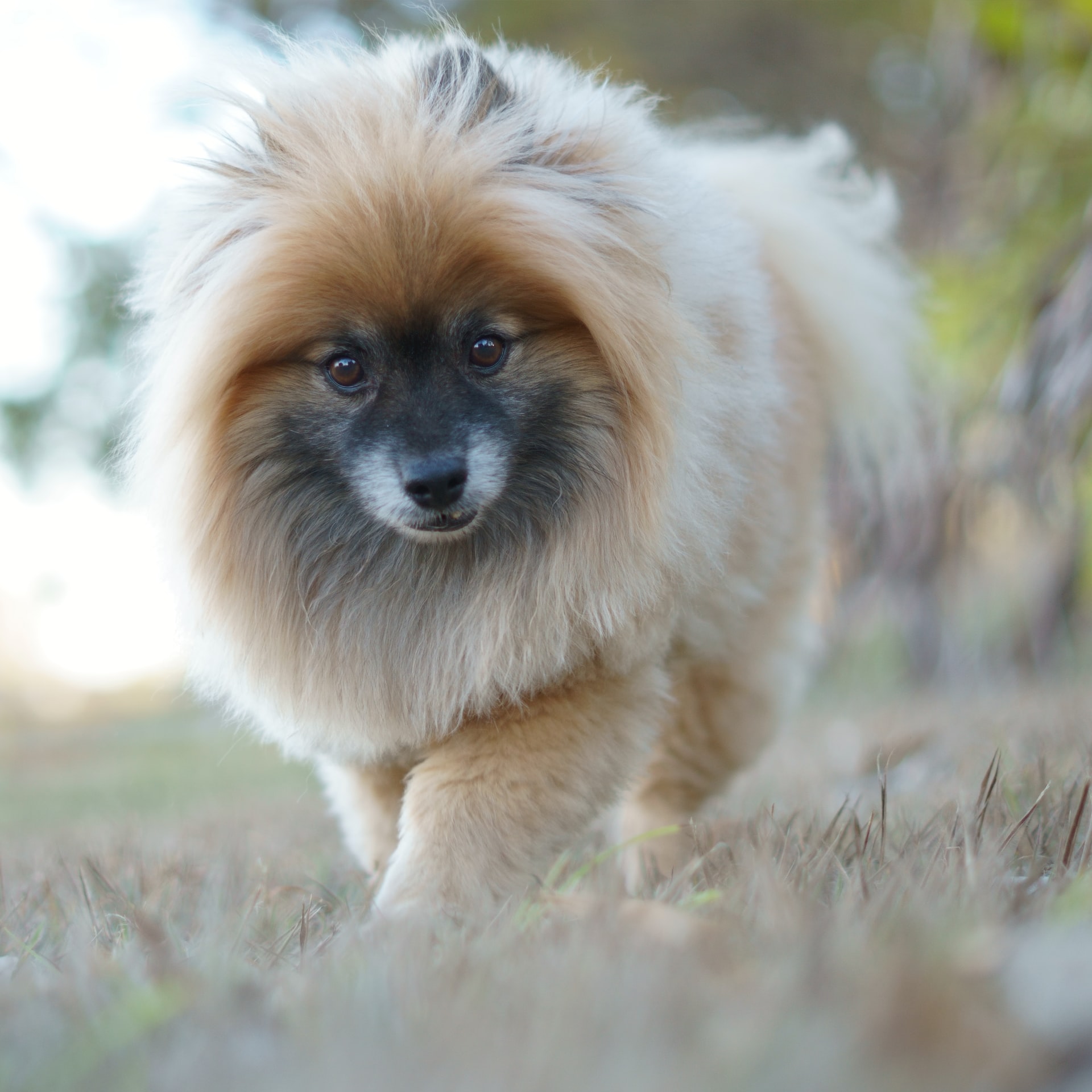
The wolf sable Pomeranian exhibits a striking, wolf-like appearance, with a silver or gray undercoat and black-tipped guard hairs. This elusive color is rare due to the specific genetic combination required for its expression.
Lavender
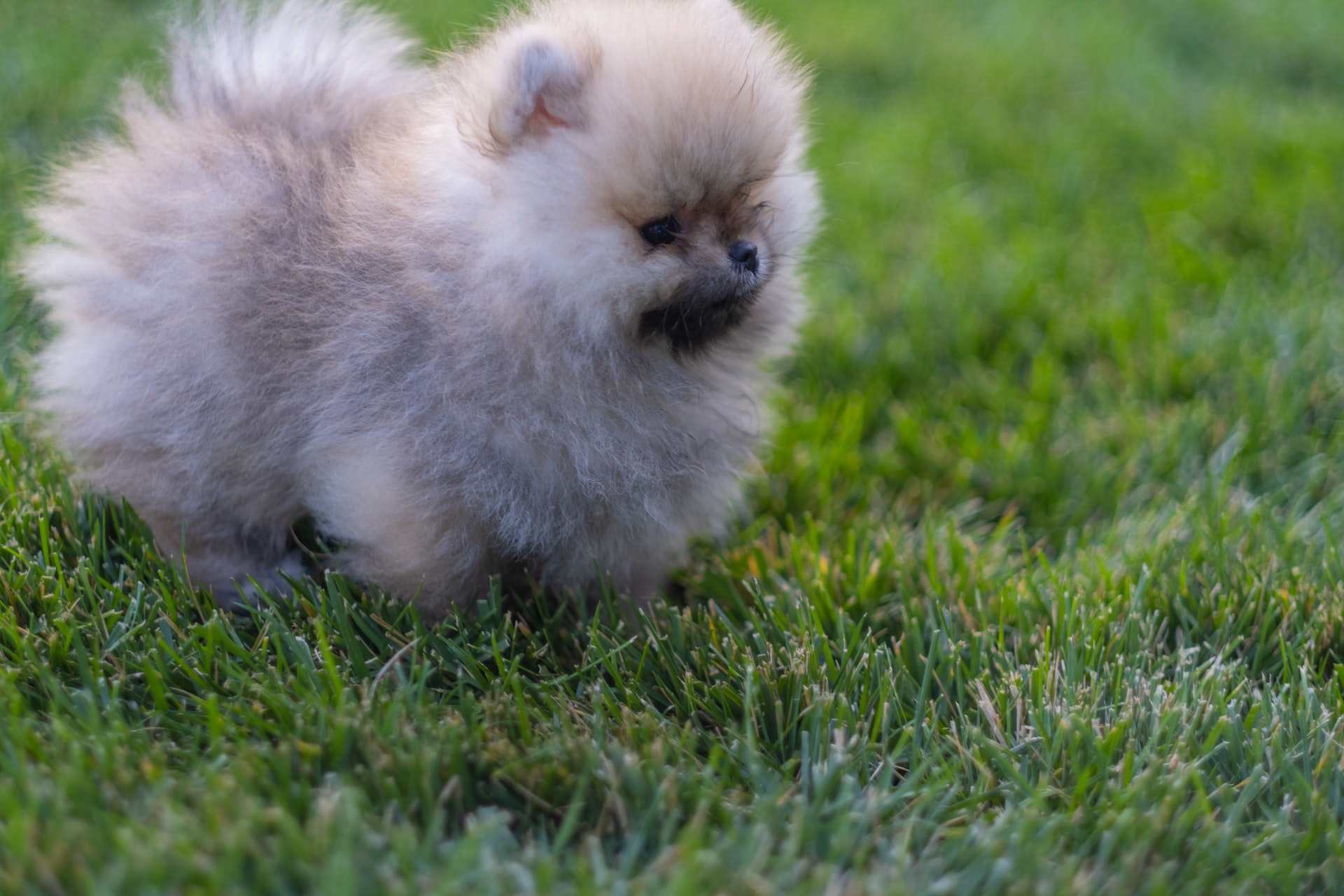
Lavender Pomeranians boast an even rarer and more unique color. Their coat appears in a light, grayish-purple hue that gives them an almost ethereal appearance. The lavender color is a result of the dilution of both black and chocolate pigments.
Beaver
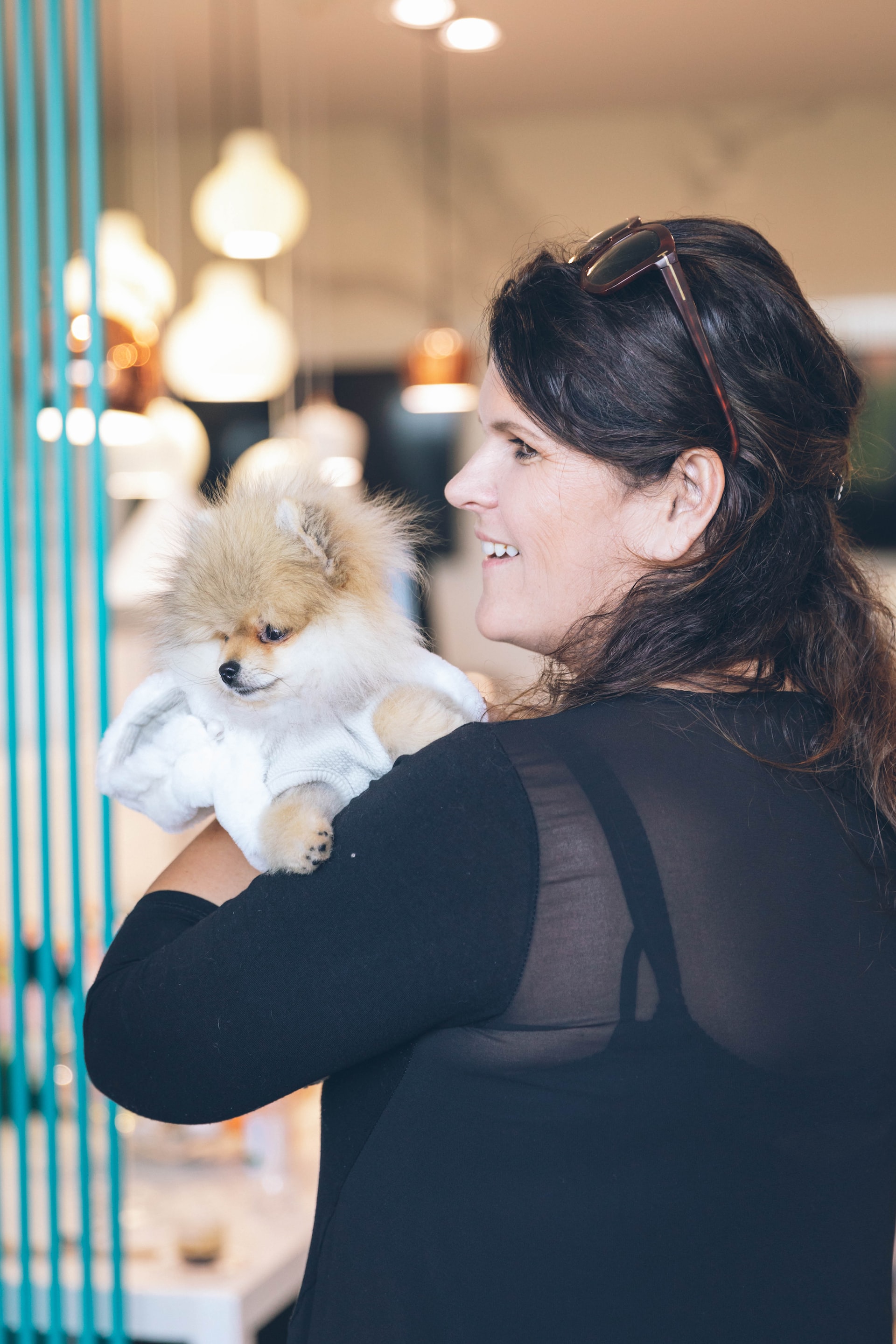
The beaver Pomeranian has a coat color that is similar to chocolate but with a softer, more muted tone. The beaver color results from a dilution of the chocolate pigment and often presents with lighter, hazel-colored eyes.
RELATED: 10 Pomeranian Mix Dogs You Never Heard Of - Part 2
Coat Color Genetics in Pomeranians 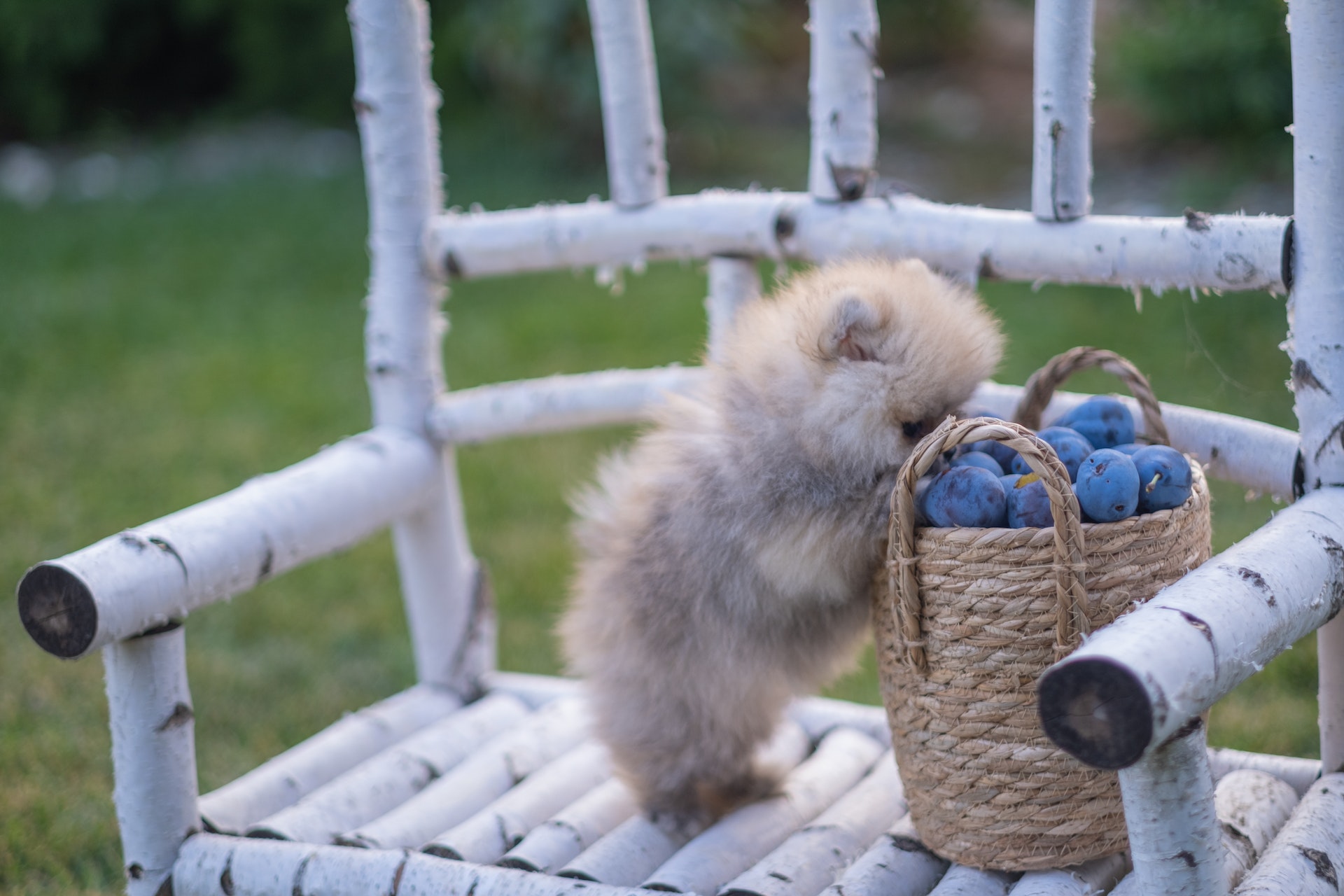
The role of genes in determining coat color – Pomeranian coat colors and patterns are determined by a complex interplay of genes. Each dog inherits one set of color genes from each parent, which then combine to create the final coat color and pattern.
Dominant and recessive color genes – Some colors, like black and orange, are dominant and more commonly seen, while others, like chocolate and blue, are recessive and rarer. The expression of recessive colors typically requires that both parents carry the recessive gene.
Breeding for specific colors – Breeding Pomeranians for specific colors can be a challenging and unpredictable process. While responsible breeders prioritize the health and temperament of their dogs, some may focus on producing pups with rare or desirable colors, which can inadvertently lead to genetic issues or unethical breeding practices.
RELATED: Everything You Need to Know About Puppy Color Changes
Coat Care and Grooming for Different Pomeranian Colors 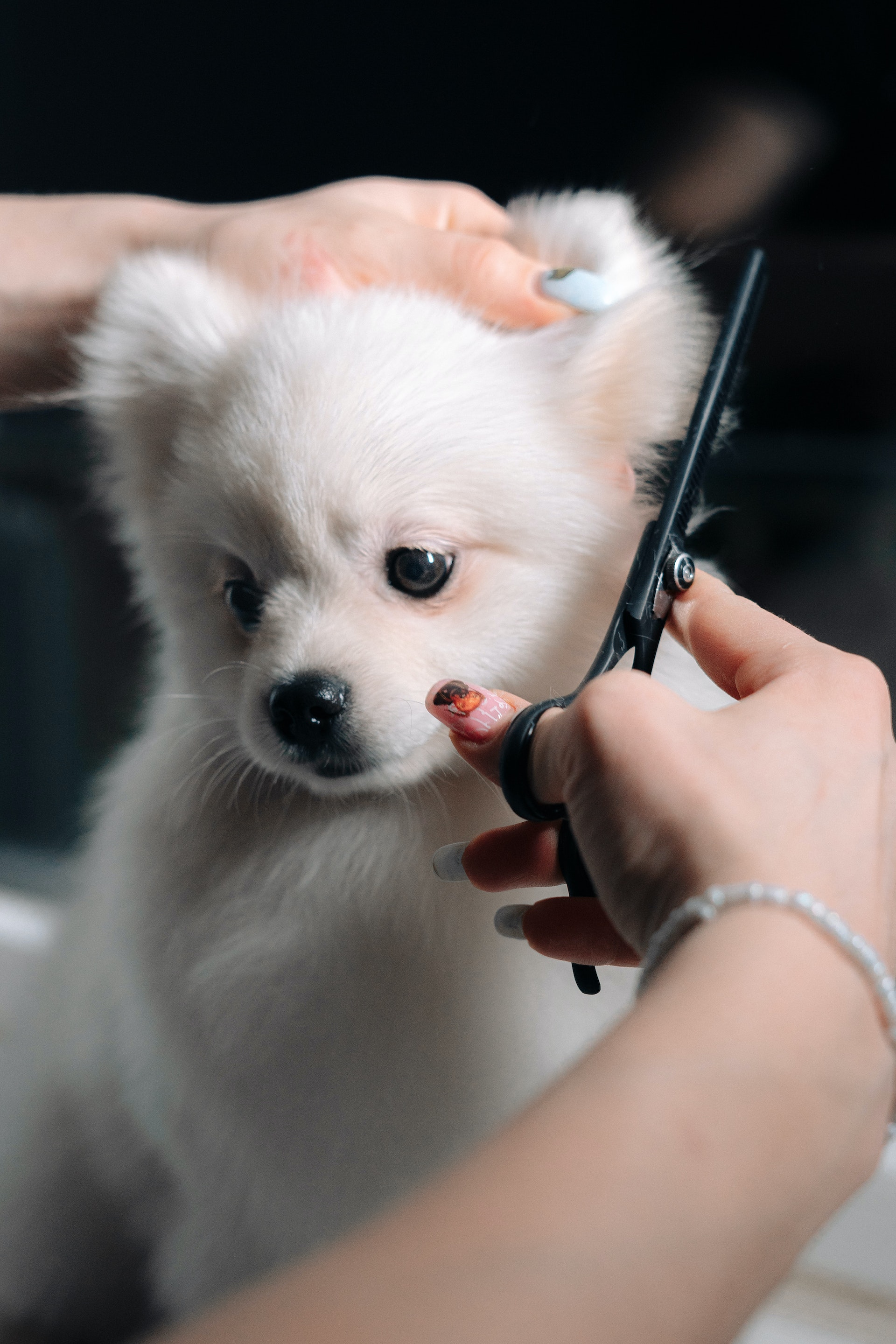
Regular grooming techniques – Pomeranians, regardless of coat color, require regular grooming to maintain the health and vibrancy of their double coat. Brushing at least twice a week, using the proper tools, can help prevent matting and distribute natural oils throughout the coat.
Special care for lighter-colored coats – Light-colored Pomeranians, such as whites and creams, may need extra attention to keep their coats clean and stain-free. Tear stains and dirt can be more noticeable on lighter coats, so owners should be diligent in cleaning the face and other areas prone to staining.
Tips for maintaining coat health and vibrancy – A healthy diet, regular grooming, and proper bathing techniques can all contribute to the overall health and appearance of a Pomeranian's coat, regardless of color. Additionally, owners should be cautious when exposing their Pomeranians to direct sunlight for extended periods, as some coat colors may be prone to fading or sun damage.
RELATED: Grooming your Dog at Home Guide
Choosing the Right Pomeranian Color for You 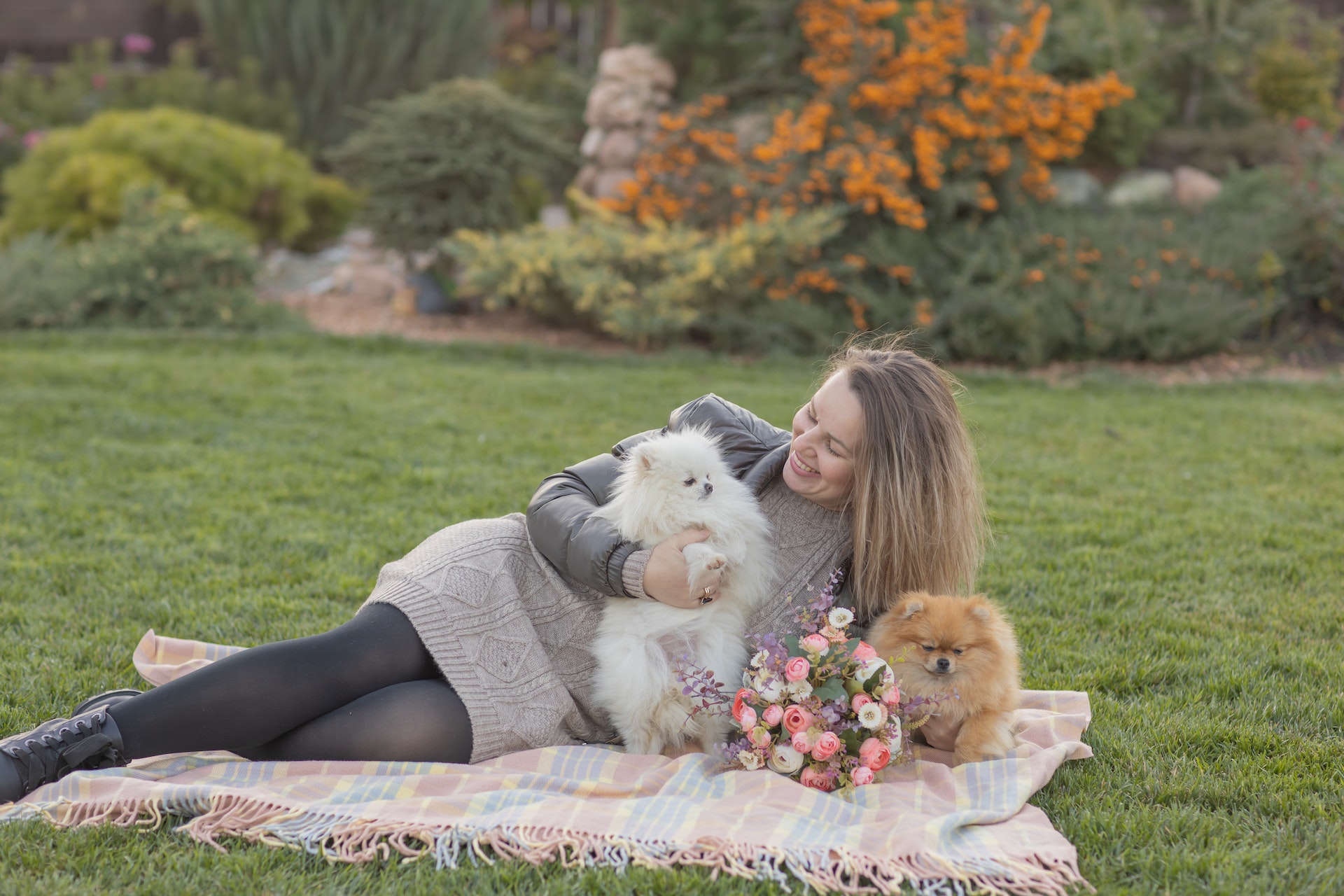
Personality traits associated with different colors
While there is no concrete evidence to suggest that coat color directly influences a Pomeranian's personality, some breed enthusiasts believe that certain colors may be associated with specific traits. For example, some argue that black Pomeranians may be more reserved and independent, while orange Pomeranians tend to be more outgoing and friendly. However, it is important to remember that each Pomeranian is unique, and personality traits will vary from dog to dog.
Considerations for allergies and shedding
Pomeranians, regardless of coat color, are known to shed, especially during seasonal changes. If you have allergies or concerns about shedding, it's essential to consider the amount of grooming and upkeep required for a Pomeranian before choosing one as a pet. Light-colored coats may show shed hair more prominently on darker clothing and furniture, while dark-colored coats may be more noticeable on lighter surfaces.
Matching your lifestyle and preferences
When selecting a Pomeranian color, consider your personal preferences, lifestyle, and home environment. You may find that certain coat colors complement your home's interior design or align with your personal style. Additionally, consider the time and effort required for grooming and coat maintenance, especially for lighter or rarer colors.
RELATED: See Available Pomeranian Puppies For Sale
Conclusion
Pomeranians, with their multitude of coat colors and patterns, truly embody a kaleidoscope of canine charm. From classic oranges and creams to rare lavenders and beavers, these fluffy companions showcase the beauty of diversity within the breed.
As you explore the world of Pomeranian colors, remember the significance of responsible breeding practices that prioritize the health, temperament, and well-being of the dogs. A Pomeranian's coat color should never overshadow the importance of ethical breeding and proper care.
Whether you're welcoming a vibrant orange Pomeranian or a captivating blue merle into your home, these endearing pups will undoubtedly bring joy, companionship, and a touch of color to your life. As you embark on your journey with your new furry friend, take pride in the unique beauty and charm of your Pomeranian's coat color, and cherish the lifelong bond you'll share.
Scroll down to see FAQs about Pomeranian colors!
What To Read Next
Top 5 Things to Know Before You Reserve a Pomeranian
7 Best Apartment Dog Breeds
Frequently Asked Questions
What is the rarest color of a Pomeranian? The rarest Pomeranian color is lavender, resulting from the dilution of both black and chocolate pigments, giving the coat a unique, grayish-purple hue.
What are the different colors of Pomeranian? Pomeranians come in a variety of colors, including orange, black, cream, red, blue, white, chocolate, wolf sable, lavender, and beaver, as well as patterns like sable, brindle, parti-color, and merle.
What are the most popular Pomeranian colors? The most popular Pomeranian colors are orange, black, cream, red, and white.
How many colors are in a Pomeranian? The American Kennel Club (AKC) recognizes 18 primary Pomeranian coat colors and 9 marking variations.
What color Pomeranian is the most expensive? Rarer colors, like lavender and chocolate, may be more expensive due to their unique genetics and lower availability.
Are white Pomeranians rare? While white Pomeranians are not as rare as some other colors, they are less common than the classic orange or black.
What does a pure Pomeranian look like? A pure Pomeranian has a distinctive fox-like appearance, with a thick double coat, a plumed tail, and a small, compact body. Purebred Pomeranians come in various colors and patterns.
How rare is an all-black Pomeranian? All-black Pomeranians are not extremely rare, but they are less common than the more popular orange or cream colors.
Do black Pomeranians stay black? Black Pomeranians typically remain black, but their coats may fade or turn gray over time due to aging, sun exposure, or health issues.
How often should you wash a Pomeranian dog? Pomeranians should be bathed approximately once every 4-6 weeks, depending on their coat condition and lifestyle.
What is a fox face Pomeranian? A fox face Pomeranian is a type of Pomeranian with a more elongated, fox-like muzzle and a slightly flatter skull than the more common "baby-doll" or "bear" face Pomeranians.
How rare is a blue-eyed Pomeranian? Blue-eyed Pomeranians are relatively rare, as blue eyes are typically associated with the merle coat pattern, which is less common in the breed.
Are there blue-eyed Pomeranians? Yes, blue-eyed Pomeranians do exist, most commonly seen in dogs with the merle coat pattern.
What color are blue Pomeranians? Blue Pomeranians have a unique, silvery-gray coat color resulting from a dilution of the black pigment.




